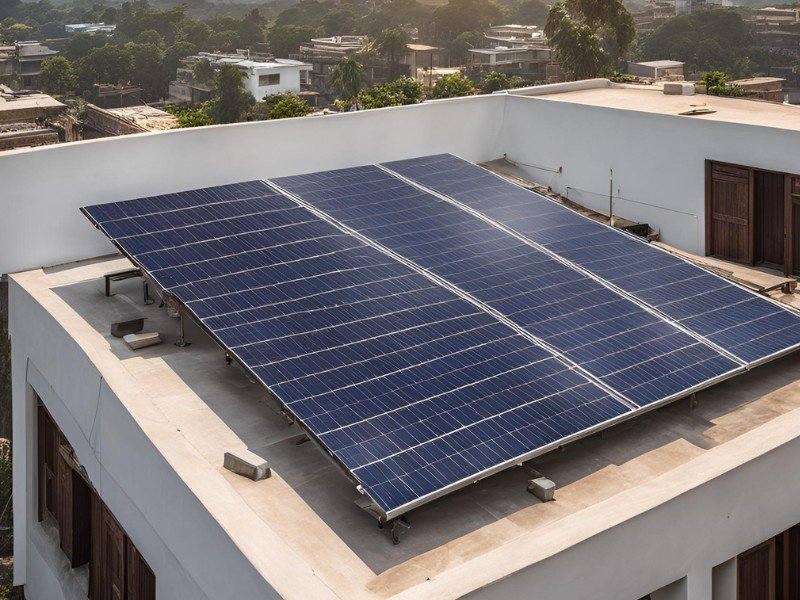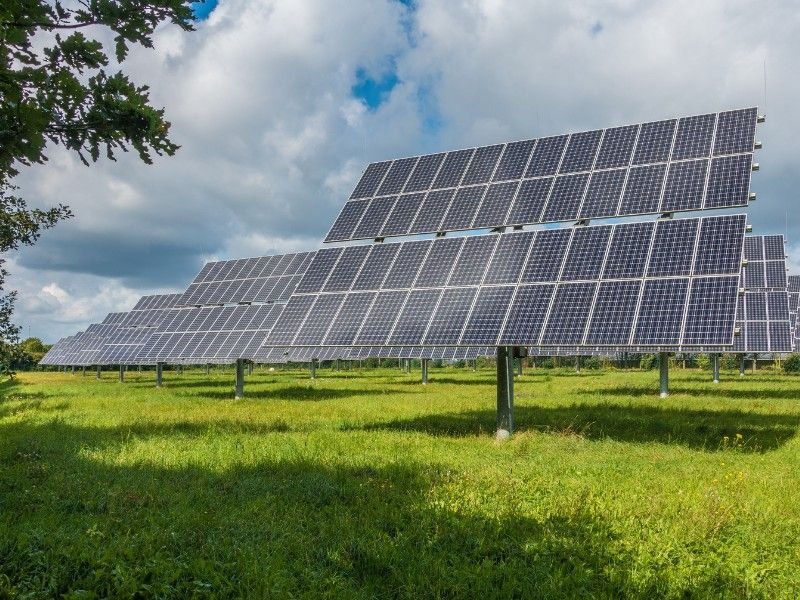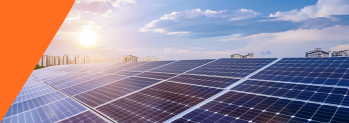Choosing the right solar panel structure is crucial for maximizing energy efficiency. A solar panel structure refers to the framework used to mount and support solar panels in a particular installation. The right structure impacts the system’s performance, durability, and overall energy production. Whether you are installing solar panels for a home, business, or large-scale farm, the choice of structure can affect energy output and long-term savings.
In this blog we will understand in detail about the types of solar panel structure, their advantages and factors affecting them.
Types of Solar Panel Mounting Structures
The selection of a solar module mounting structure depends on the environment- whether it is a residential, commercial, or industrial setup. Each structure type offers unique benefits suited to different terrains, space availability, and energy requirements.
Here are the most common types of solar mounting structures:
Roof-Mounted Solar Panel Structures
Roof-mounted solar panel structures are a popular choice for both residential and commercial installations. They maximize the available space, especially in crowded urban areas like Indian cities, and ensure efficient energy production.


Key benefits:
Types of Roof-Mounted Structures:
For Indian rooftops, Alpex Solar offers durable roof-mounted structures that are designed to withstand local weather conditions while ensuring long-term performance.
Ground-Mounted Solar Structures
Ground-mounted solar structures are often used for large-scale installations, such as solar farms, or in areas with ample ground space. They offer several benefits, including higher energy production and easier maintenance compared to roof-mounted structures.
Key benefits:
Types of Ground-Mounted Structures:
For large-scale installations, Alpex Solar offers high-quality ground-mounted structures that can handle the demands of bigger solar farms while optimizing energy production.


Solar Tracking Systems
Solar tracking systems are designed to enhance the efficiency of solar panels by adjusting their orientation to follow the sun’s path. These systems help capture more sunlight, resulting in higher energy output throughout the day.
Types of Solar Tracking Systems:


Factors affecting solar structure price:
The cost of a solar panel structure depends on several factors, including the type of mounting system, the materials used, and the complexity of installation.
Despite these variations, Alpex Solar offers competitively priced, high-quality solar structures that balance cost with long-term performance and durability.
Benefits of Choosing the Right Solar Mounting Structure
Selecting the right solar mounting structure is essential for ensuring the long-term success and efficiency of your solar power system. A strong and durable structure will withstand the harsh weather conditions seen in India, such as high winds, heavy rain, and extreme heat.
By choosing the right solar mounting structure, you can ensure that your solar energy system performs at its best. Alpex Solar provides expert consultation services to help you choose the best solar mounting structure for your needs, ensuring long-term energy savings and system durability.




